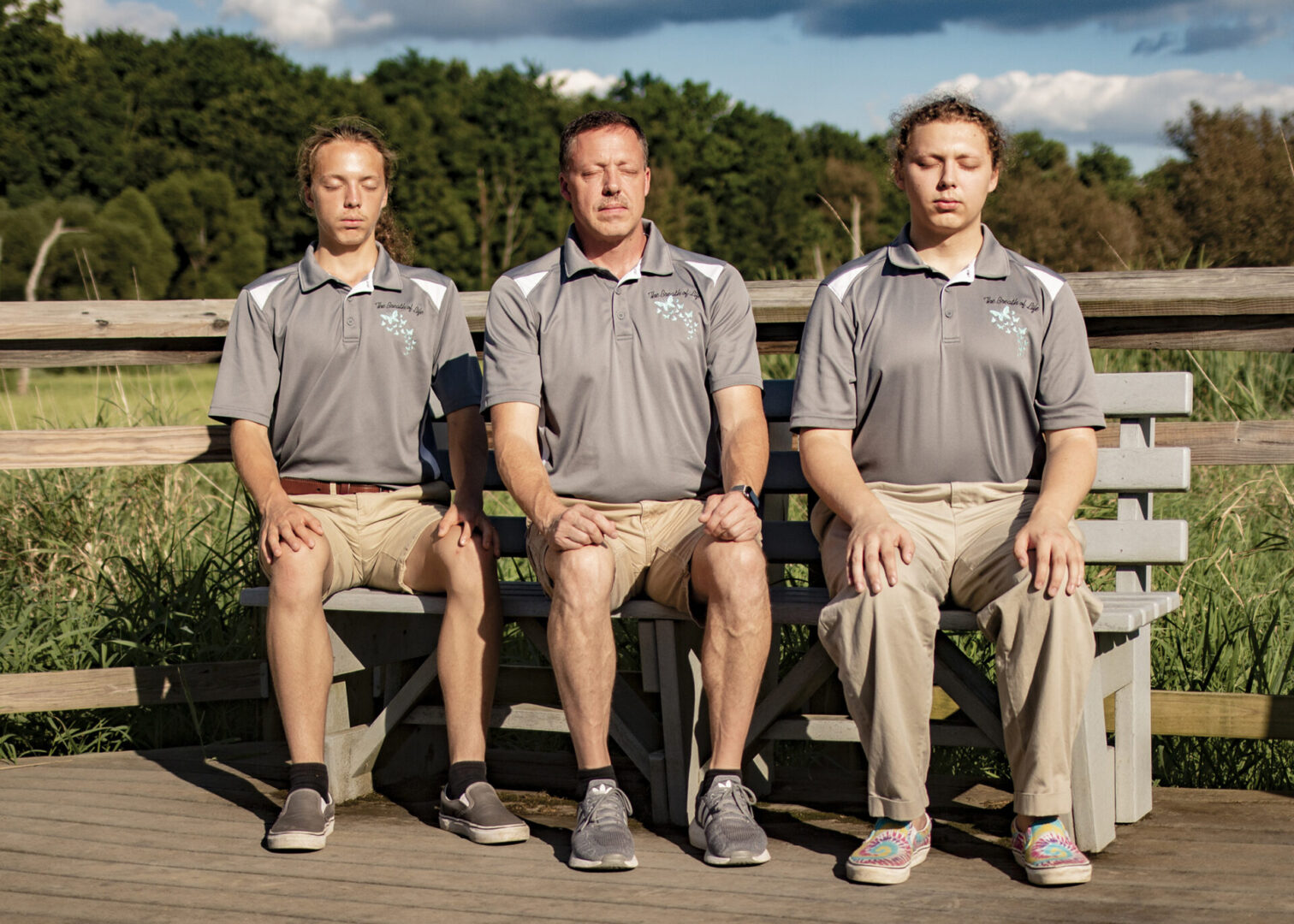
Discovery Session
Free 20 minute intro session

Individual Sessions
4 – 1 hour one-on-one breath sessions

Group Sessions
4 – 1 hour group sessions

Single Group Session
1-90-120 minute group session

Advanced Breath Sessions
Weekly Progression

Customized Session
Single or Group sessions by level
Breathing
Practices for
Healthy Mind & Body

Water Breath /
Balanced Breathing
4-6 breaths per minute
When you breathe 4-6 breaths per minute, it has an adaptogenic effect on your nervous system. If you’re up, it will bring you down; if you’re down, it will bring you up. You can practice Water Breath standing, seated, lying down, and even while driving. Like drinking a glass of water, it’s always safe, always appropriate, and always healthful.
Whiskey Breath /
Down-Regulating Breath
< 4 breaths per minute
When you reduce your breath below 4 breaths per minute, it triggers a strong parasympathetic (rest and digest nervous system response, lowers your heart rate, reduces activity in skeletal muscles, and improves digestion. This type of breathing is great after meals, in the evening, and most commonly, right before bed. This practice should be done seated or lying down, and never while driving or doing anything standing or active. It’s extremely common for students to fall asleep while using Whiskey Breath, so it should be used with care, only when appropriate.


Coffee Breath /
Up-Regulating
> 20 breaths per minute
When you breathe at the rate of 20 breaths per minute or more, it stimulates your sympathetic nervous system, which is ideal before exercise, before busy or task-related work, and also in the morning. Rapid breathing reduces CO2 in the bloodstream, leading to constriction of your breathing passageways and veins, so it should be practiced briefly, with care, and only at appropriate times. Never practice while driving.
